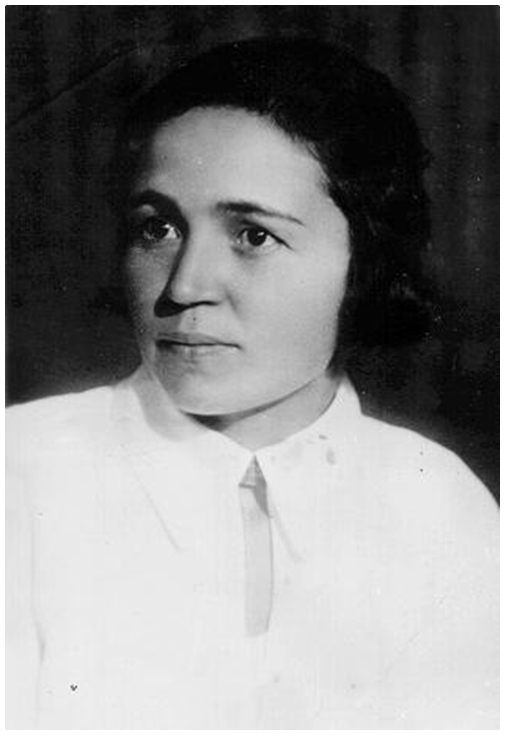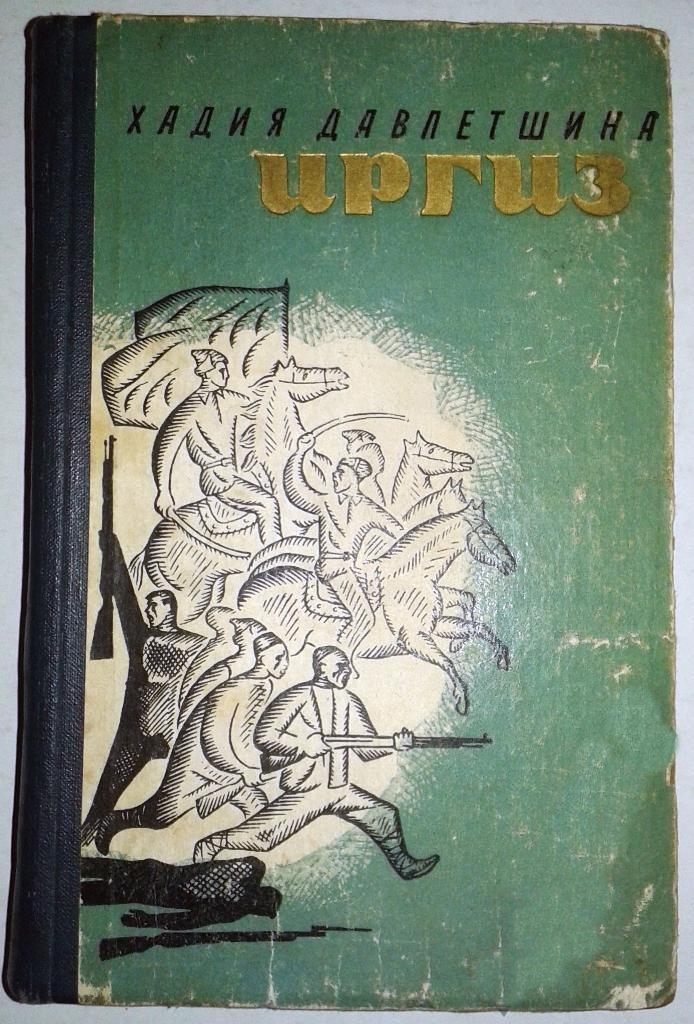Khadia Davletshina is one of the most famous Bashkir and the first recognized writer of the Soviet East. Despite a short and difficult life, Khadiya managed to leave behind a worthy literary heritage, unique to the eastern woman of that time. This article provides a short biography of Khadia Davletshina. What was the life and career of this writer?
Biography
Khadia Davletshina (before marriage - Ilyasova) was born on March 5, 1905 in the village of Khasanovo (Samara Region). The Ilyasov family was very poor - the father of a large family worked as a farm laborer in daily work at the landowners. In pursuit of knowledge, Khadia went to classes at a madrasah located in a neighboring village. She studied hard, despite the fact that she often came to classes hungry. The girl seemed to be saturated with knowledge. In 1918, Khadia entered the fifth grade of the Soviet school, opened in their village after the revolution, and also joined the Komsomol - she vehemently supported the new government, hoping for an early deliverance from poverty and injustice.

In 1919, Lutful Ilyasov died, all the care of a deaf mother, brothers and sisters fell on the shoulders of fourteen-year-old Khadia. Being a Komsomol member who had primary education, the girl was able to work as a teacher in the neighboring village of Dengizbaevo. Leading fierce propaganda of the red movement during the Civil War, Khadiya almost died several times at the hands of the aggressively-minded enemies of the new government.
In 1920, the fifteen-year-old Khadiya entered the Tatar-Bashkir Pedagogical College of Samara. The course of study included the study of the Russian language and Russian literature, thanks to which the girl got acquainted with the work of Maxim Gorky, who became her favorite writer.
Personal life
During training at a technical school, Khadia Ilyasova met with Gubai Davletshin, a writer and revolutionary. Despite the fact that Gubay was 12 years older than the girl, they soon got married. In 1923, the Bulat son was born to the spouses of the Davletshin. The boy was born weak and died small, before he reached the age of ten. The only photo of Khadiya with her son is presented below.
The beginning of creativity
Khadia Davletshina wrote her first work in 1926, impressed by the work of Gorky, and in particular - his novel "Mother". The story entitled "Pioneer Khylukai" was published in the newspaper "Youth of Bashkortostan" in the Bashkir language. Her constant assistant and mentor was her husband Gubay - his first stories were published just three years earlier. Spouses Davletshins presented in the photo below.
In 1931, the first novel by Khadia Davletshina, Aibika, was published, describing the events of collectivization. With this work, a novice writer first attracted attention. She independently completed the translation of the novel into Russian in 1936, so her work went beyond the national.
In 1932, Khadia Davletshina entered the Moscow Publishing Institute. In the same year, her second story, Waves of Ears, was described, describing the life of a simple Bashkir woman worker, grateful to the Soviet authorities for opportunities that she did not have under the old regime. Having not completed her studies at the institute, Khadia moved with her husband to the Baymak district of Bashkortostan, where she got a job as a literary employee of the local newspaper Zernovaya Zavod.
In 1934, Khadia Davletshina became a Bashkir delegate to the First Congress of Soviet Writers, where, finally, she was able to meet her "literary father" - Maxim Gorky. She again spoke as a delegate at the third congress, which was held in Minsk in 1936.
In 1935, the writer became a member of the Writers' Union in the Bashkir Autonomous Soviet Socialist Republic. Passionate to study, in the same year, thirty-year-old Khadia Davletshina again became a student - this time at the Bashkir Pedagogical Institute named after Timiryazev. Throughout all these years, Khadiya did not stop writing stories that were released in a separate collection. This book was the last work released during the life of the writer.
Years of repression
In 1937, Gubai Davletshin was accused of "nationalism" and shot. Since that time, Khadia, as the wife of the repressed, was expelled from the Institute and the Writers' Union, and then sentenced to five years in Mordovia camps. After her release in 1942, she was exiled to Birsk (Bashkortostan) without the right to literary and pedagogical activity. Unable to work by profession, Khadiya literally became mendicant - the first woman writer in Bashkiria was forced to work as a cleaner at the Birsk Pedagogical Institute. In 1951, Khadia wrote a letter to the chairman of the Union of Soviet Writers:
I always lived with a clear mind, wherever I was, always faithfully served my Motherland, never recoiled from my conscious Marxist-Leninist worldview ... I always breathed Soviet air, tirelessly served the Motherland ... What is in my power, in I tried and helped everyone.
But in vivo rehabilitation did not happen - on December 5, 1954, Khadia Lutfullovna Davletshina died from exhaustion in loneliness and poverty.
Irgiz
The last decade of her life, from 1942 to 1954, the writer devoted to the creation of the novel "Irgiz" - the main work of her life. Back in the 30s, she thought about the story of the Bashkir heroes of the revolution. Finally, the idea of the work ripened in Khadia’s head during the camp’s everyday life - reflections on the plot of the future novel helped her not to give up and wait for the deadline. The hero of the work was Aibulat Adarov, who previously appeared in the unfinished novel "Flaming Years". The novel "Irgiz" showed a colorful picture of the life of various layers of the Bashkir people, with their way of life, way of thinking and their role in the revolutionary movement. This book to this day is one of the most important works of Bashkir literature.

The novel "Irgiz" was released only three years after the death of Khadia Davletshina. He was highly praised by the Writers' Union, and for him in 1967, the writer was awarded the posthumous prize of Salavat Yulaev - the main republican award, and was also finally rehabilitated in the literary ranks.
Memory
After rehabilitation, the streets and boulevards in Ufa and other settlements of the Republic of Bashkortostan were named after Khadia Davletshina. Monuments were erected in honor of the writer in Sibay and Birsk. In addition, in 2005, a nominal republican award was established by Khadiya Davletshina for achievements in the field of children's literature.